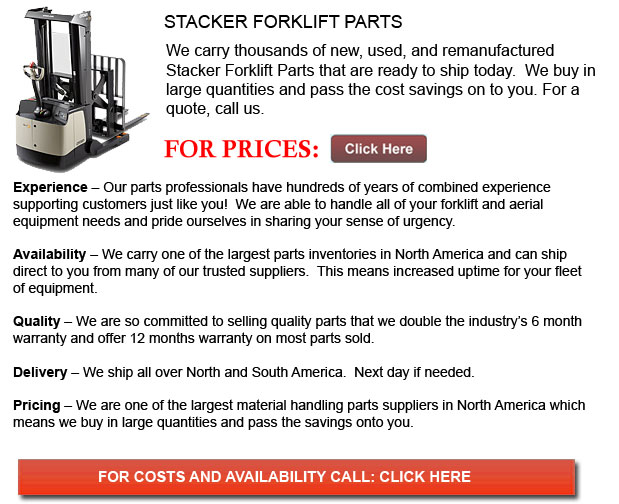
Stacker Forklift Parts - A sort of compact forklift, the electric stacker is utilized to work in smaller areas, making lifting and loading much easier on the warehouse worker. Often wide, but flat stuff like slabs, tubes and pallets are transferred with this piece of machine. There are metal prongs jutting out horizontally from the body of the electric stacker which use a hydraulic lift system in order to move up and down a vertical shaft. There are wheels on this particular device to enable the driver to simply place the prongs underneath an item and lift and transport it to a different place.
Construction facilities utilize stackers for transferring materials. Huge earth movers are often essential for work on building foundations, while the building infrastructure may normally be handled by an electric stacker. Very heavy pallets of massive wall and floor parts, for instance, could be transported efficiently and safely with a stacker.
Electric stackers are an important machinery in environments in which pallets are generally used. Warehouses and order fulfillment and distribution centres can efficiently transport and stack crates and boxes containing numerous objects. Stackers are used in order to consolidate order content within a warehouse and retrieve items, enabling the operator to transport several objects right away compared to transporting each separate box.
Previous to the invention of gas and electric stackers, employees used to depend on a pulley system for loading heavy supplies onto trucks for transport. Though the pulley systems worked efficiently, they were extremely unsafe and required a lot of manpower to work. The creation of electric stackers made the workload more effective in view of the fact that it freed up lots of employees as just a single individual is needed in order to operate it. Electrical stackers offer much more safety in the workplace for loading heavy equipment and supplies.
Electrical stackers are simple to work, comprising both a pulling and a steering handle. All electric stacker units are on wheels and weigh only over eight hundred pounds or three hundred sixty four kilograms. The model comes complete with a hand break used for simple stopping and placement. The majority of electrical stackers operate on a hydraulic system. The average lifting capacity is approximately 1200 kg or 2545 lbs, making them valuable within warehouse places where heavy materials are often stacked. The length of the forks is more or less 3.67 feet and width 1.87 feet and the fork base itself is about 3.91 feet. The regular model has a turning radius of 5.82 feet allowing them to fit into tight places.
The lifting power of electric stackers alone is remarkable. Several models can raise four hundred eight kilograms or nine hundred pounds to a height of approximately 4.26 feet. Trying to accomplish this utilizing a pulley system and manpower alone would require roughly 5-6 men to pick up this same weight to the same height. Allowing for quicker stacking of things with a normal speed range of 39.73 feet per second or 12 meters per second, they are an important warehouse apparatus. Many electric stackers have a heavy duty electro-hydraulic power pack as standard equipment, allowing them to accomplish this same amount of work a lot faster. Nearly all electric stackers come along with a 12 volt battery and are rechargeable, while they are changing constantly. These large stackers are utilized in shipyards in order to assist in loading ships, though there are also stackers small enough to be used in a homeowner's garage.
![]() Click to Download the pdf
Click to Download the pdf
Forklift Parts
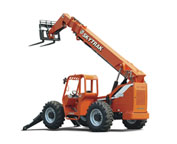
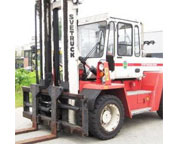
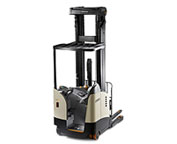
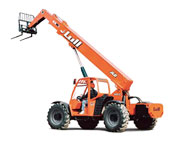
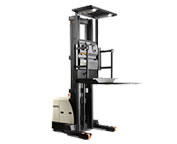
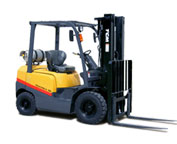
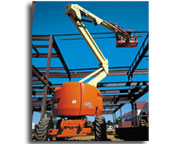
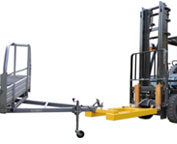
Lift Parts Express
TOLL FREE: 1-888-695-7994
Burnaby, British Columbia
forkliftpartsburnaby.ca
Email Us
About Us


